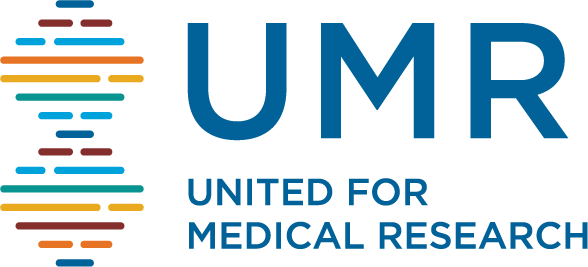July 2, 2015
NIH: A Treasure Worth Investing In
By Marc N. Casper, Chris Hansen and Mark S. Wrighton
If you had a treasure map, why wouldn’t you follow it?
In essence, this is the opportunity we have before us with the map of the human genome. The Human Genome Project cracked our life code and provides a massive treasure trove of information that we have only just begun to explore.
Yet in the 12 years since the effort produced the map of the human genome, the National Institutes of Health’s budget has been flat, slowing progress in all areas of medicine. So, while the NIH was handed a pathway to countless new medical opportunities in 2003, it has been hamstrung by a diminishing ability to fund the research to pursue these new cures and treatments.
As leaders of organizations that work every day to enable science, understand disease, discover treatments and deliver them to patients, it has been frustrating to see progress delayed by underfunding of the NIH.
Policymakers on both sides of the aisle understand that the NIH enables cures and treatments for disease while affording the United States a tremendous return on our investment.
The Human Genome Project is an example of this return on investment. Beyond the transformational impact it has on lives and on further advances in medical science, that effort also has yielded nearly $1 trillion in economic activity. Every dollar of the $3.8 billion invested by the federal government has so far returned $178.
Many scientists and biotech companies are proud to have played key roles in the effort to crack the human genome and to build on the discoveries that have flowed from it. But to develop new cures and treatments, we need to make funding the NIH a priority in the federal budget.
Putting together that budget is difficult. Congress faces tough choices, and the demands are endless. National security. Health care. Social Security. Interest payments on the debt. Add spending caps and sequestration to the equation and the task has turned nearly impossible.
This is why, for so long, despite acknowledging the need to increase the NIH’s budget, Congress has only held the agency’s budget flat. Meanwhile, other countries are rapidly increasing their biomedical research investments.
There are promising signs that the status quo for U.S. biomedical research is no longer good enough and that this year is going to be different. Significantly different.
Recently, Sen. Roy Blunt, the new chairman of the Senate Appropriations subcommittee that funds the NIH, unveiled a bill that boosts the NIH funding by $2 billion in fiscal 2016. This follows a parallel effort by House Appropriations Subcommittee Chairman Tom Cole, R-Okla., last week that would provide the NIH with an increase of $1.1 billion.
This appropriations effort comes as Chairman Fred Upton, R-Mich., and Rep. Diana DeGette, D-Colo., of the House Energy and Commerce Committee are leading an effort to provide the NIH with an additional $10 billion over the next five years through their 21st Century Cures Act. That bill is expected on the House floor in July. This effort, combined with the work of appropriators, represents a significant opportunity to achieve real progress in how we care for patients and treat some of the most serious diseases facing our nation.
In pushing these bills forward, Congress is taking a stand for the NIH. Its leaders are demonstrating that they understand it is a good investment for our future. And Congress is making the hard choices to fund cures that will save both lives and health care dollars.
We applaud the commitment of Chairmen Blunt, Cole and Upton, as well as their colleagues Sen. Patty Murray, D-Wash., and Reps. Rosa DeLauro, D-Conn., and DeGette, to revitalize the NIH’s ability to make the most of this valuable treasure trove and bring cures to the American people. We encourage members on both sides of the aisle to support their herculean efforts. The lives we change may well be our own.
Marc N. Casper is president and chief executive officer of Thermo Fisher Scientific; Chris Hansen is the president of the American Cancer Society Cancer Action Network; and Mark S. Wrighton is the chancellor of Washington University in St. Louis. The entities they lead are members of United for Medical Research.
